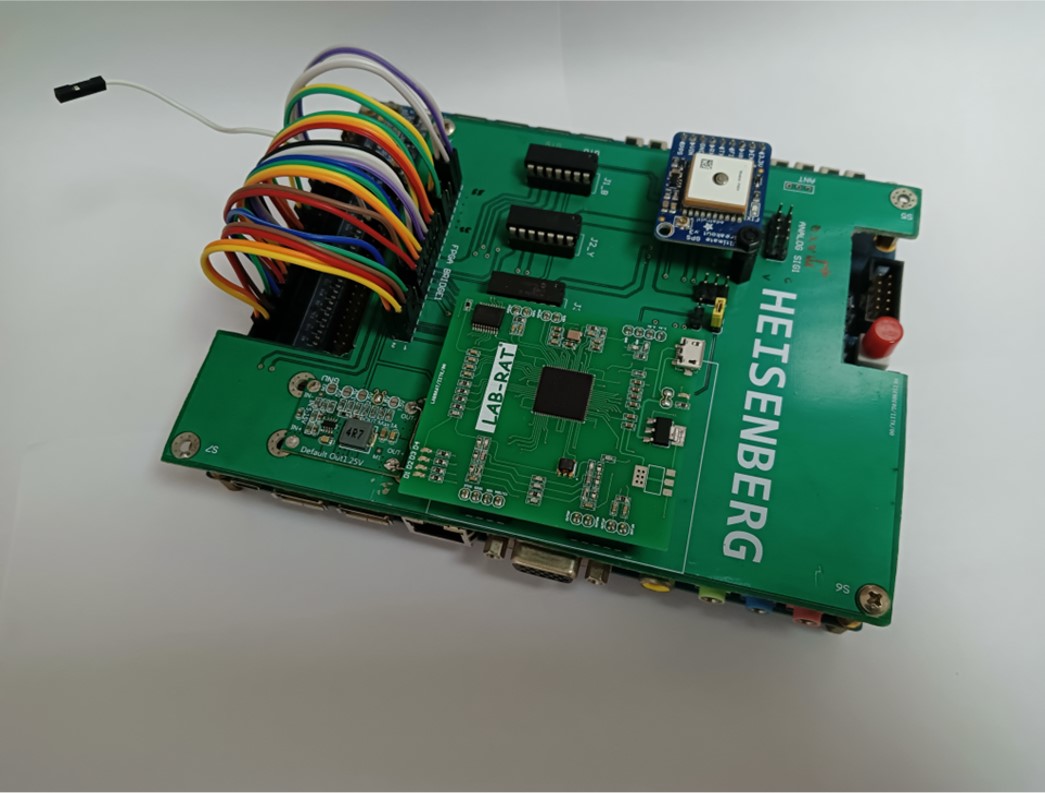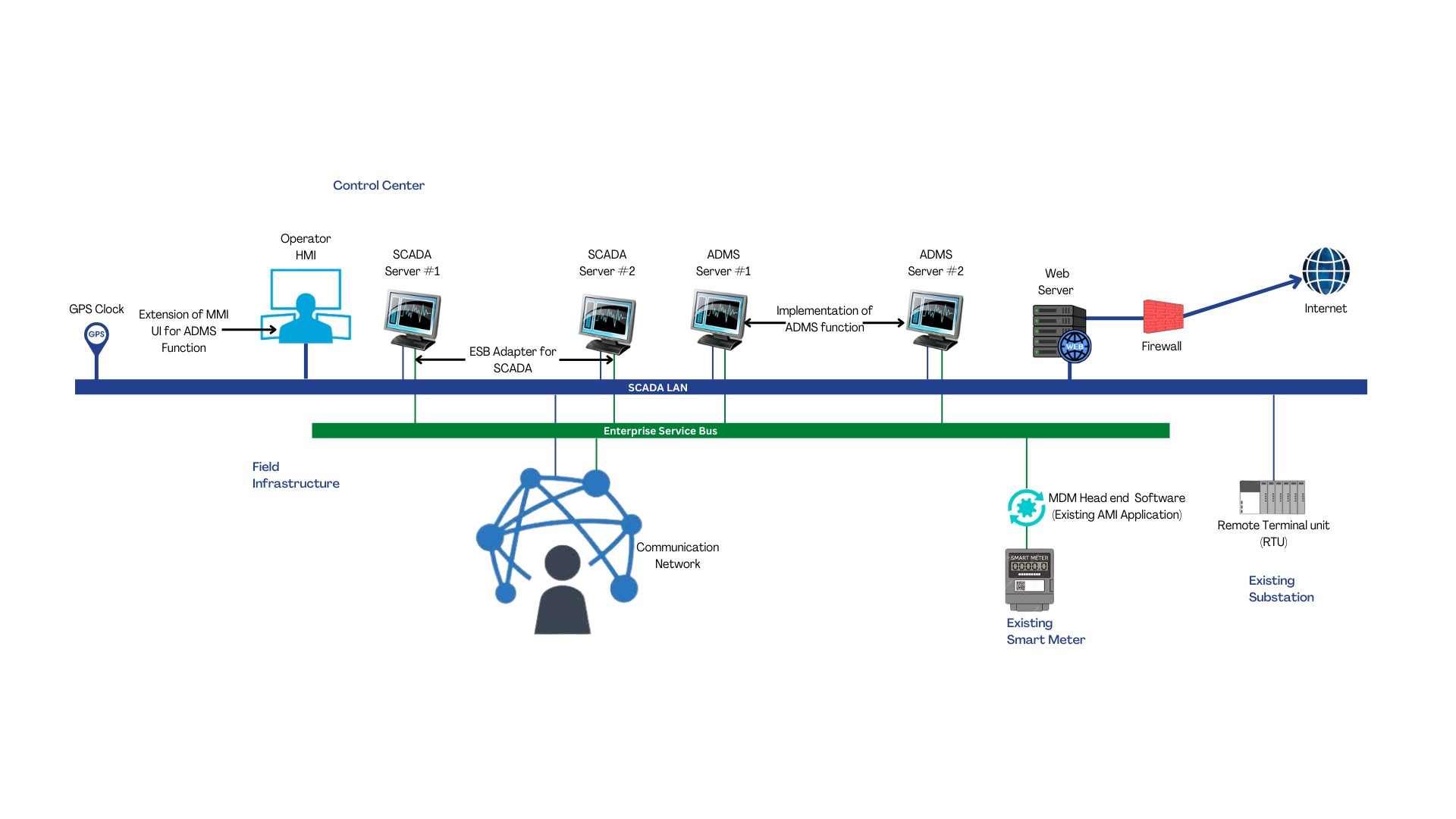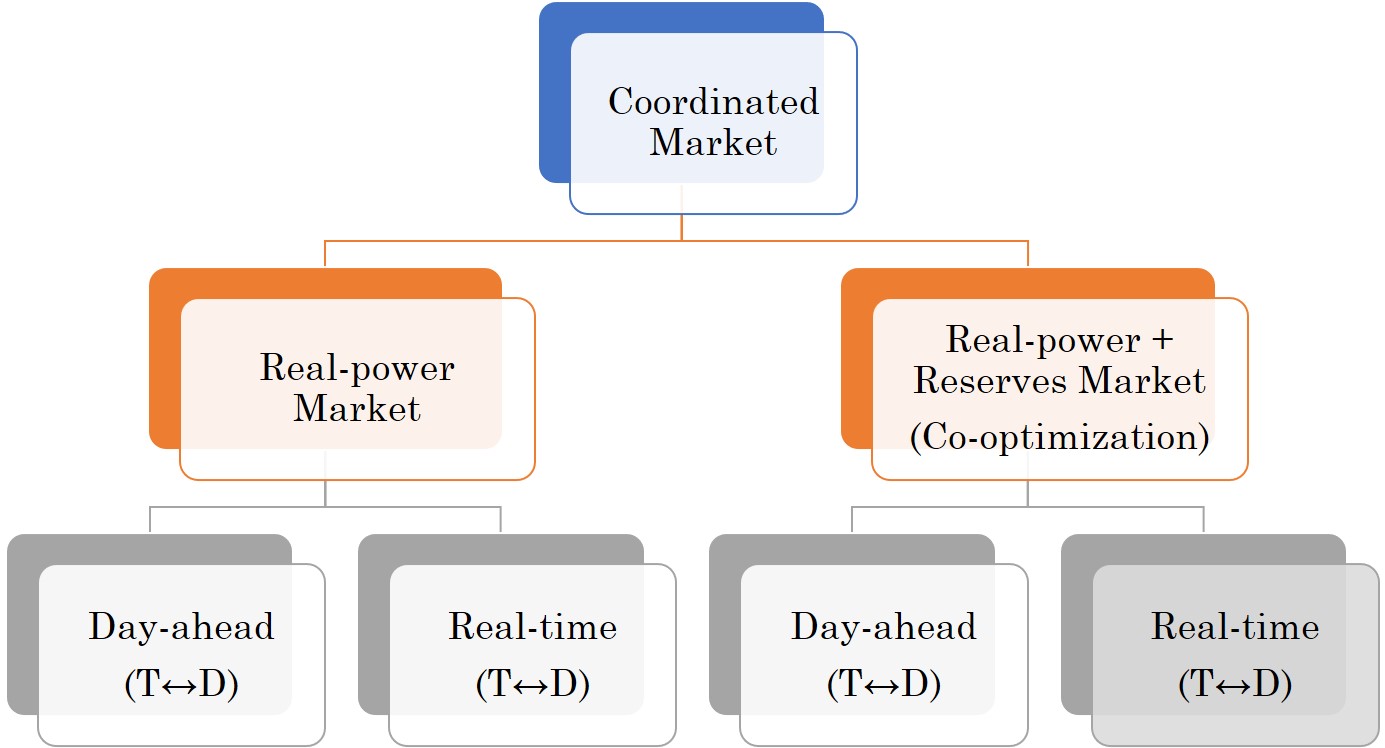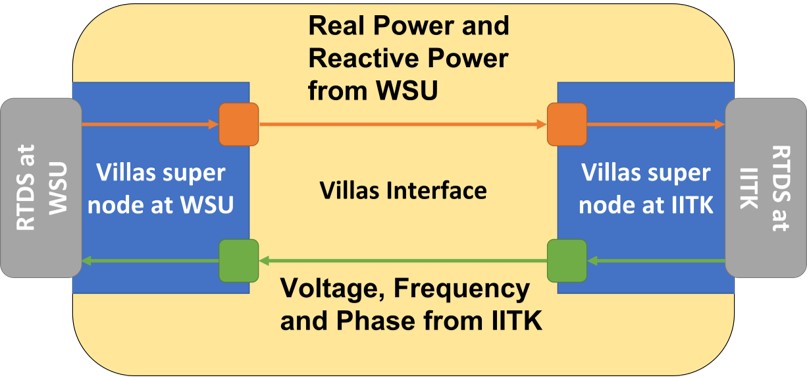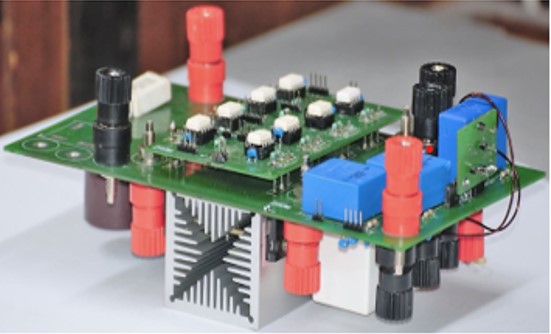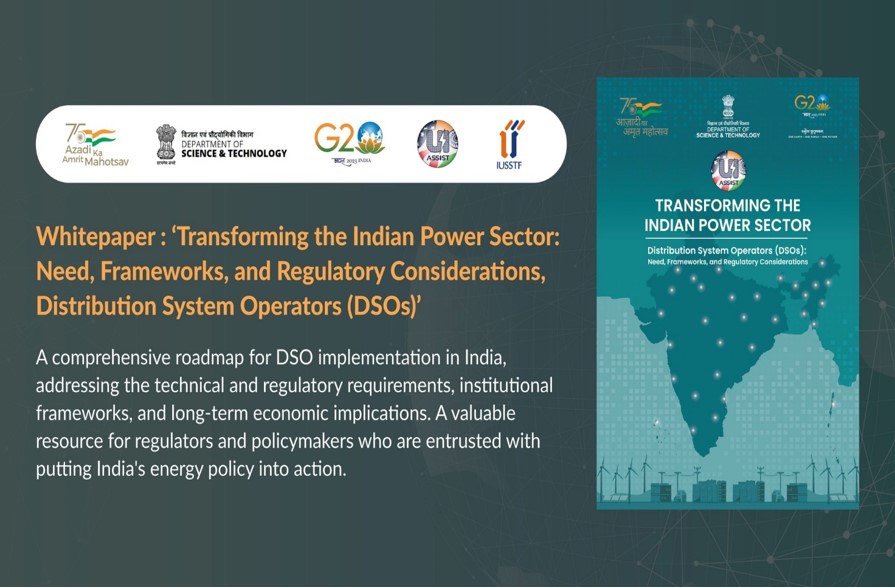Research Outcome
Products
- A micro-PMU measures the time-synchronized magnitude and phase
angle of
distribution grid voltage and current.
- A micro-PMU generally offers higher accuracy (TVE < 0.01%) and a
high reporting rate (120 measurement reports per second)
compared to transmission grade PMU.
- Accurate data from
micro-PMU enable system analytics to determine the exact
sequence of events that have led to islands or a major
blackout.
-
First Indigenous joint development of ADMS is under progress by IIT
Kanpur
with Synergy Systems & Solutions (Industry Partner). ADMS is using
the
existing SCADA system and Meter Data Management System on Enterprise
Service
Bus (ESB).
Existing IIT Kanpur network modelling is done in IEC (Common
Interface
Model) CIM
along with GIS mapping using open-source platform OpenStreetMaps.
Different
algorithms
such as load flow, State Estimation, Volt-Var optimization
algorithms
for
the IIT
Kanpur network are implemented and some are under testing. ADMS
development
has
been panned in such a way where algorithms can be tested on the
platform
in
plug and
play mode.Integration of microgrid and storage controllers with
existing
SCADA (pilot testbeds) is under progress.
-
MIT and IITD have been working to extend the design of the retail
market to
include interactions of the DSO and TSO, and further develop the
interactions between the DSO and WEM. The development of an
iterative
TSO-DSO clearing methodology is in the works, whereby the TSO
oversees the
LMP 24 calculation and treats the DSO as a constant load/generator
per
iteration, and the DSO optimally schedules the DERs within its
network to
update the power to be consumed/generated. By negotiating directly
with the
TSO, the TSO has better forecasts of load or generations (as the DSO
is
carrying this out), and the behind-the-meter DERs will be leveraged
to
provide system flexibility and reduce overall costs to the TSO.
- WSU and IITK team worked collaboratively to build federated
co-simulation
testbed by leveraging geographically distributed laboratory
facilities in
USA and India. This setup was used to test and validate the large
system
fault response with DERs. Analyzed the effect of data rate on the
accuracy
of the power measurements at the connection of the two test systems
and
finding the effective data rate for co-simulation. Models were
considered
with BESS and Solar PV and exchanged between IITK and WSU. US-India
federated Testbed was the first of a kind testbed where data is
transferred
at such a large distance, and it studied the performance of the
co-simulation with respect to the data rate. In this testbed setup,
transmission and distribution systems were simulated in RTDS placed
at two
different geographical locations.
- WSU, WVU, and IITR collaborated in developing the federated
cyber-physical simulation testbed to validate various control and
cyber resilient approaches for microgrids connected distribution
systems.
- Benchmarking rural feeder and semi-urban pilot models developed
by IITK
team have been tested at
WSU for validating the different research and development
outcomes
utilizing synthetic benchmark
platform.
- IITK rural benchmark has been co-modeled in ETAP, Gridlab-D, and
OpenDSS software for cross validation. A comparison of results
in different software has been performed by joint team members.
- Rural benchmark model and simulation results are being reviewed
and validated by an IEEE PES subcommittee to allow it to be
published as an IEEE PES benchmark microgrid model. The approval
the process is in progress and will be formally announced soon.
- Expert Lectures and Tutorials were conducted as a part of the
National
Power Systems Conference in IIT Gandhinagar (17-19 December
2020), Power
Electronics Drives and Energy System (PEDES) 16-19 December 2020
Jaipur,
PES General Meeting 2020 and India Smart Utility Week 2021
(March 3-5,
2021), National Power system conference in IIT Delhi 2022 (17-19
December).
- US researchers lead several panels at the IEEE PES General
Meetings and other prestigious conferences over the last three
years that included UI-ASSIST India and US speakers.
- UI-ASSIST continued its monthly webinars during the academic
year including presentations by India and US partners varying
different topics from individual partner capabilities and
facilities updates to theme research progress to India/US
collaboration research updates.
- Representatives from the US and India communications teams began
weekly meetings to discuss updating the website to include all
available public reports, publication references, and other
links.
